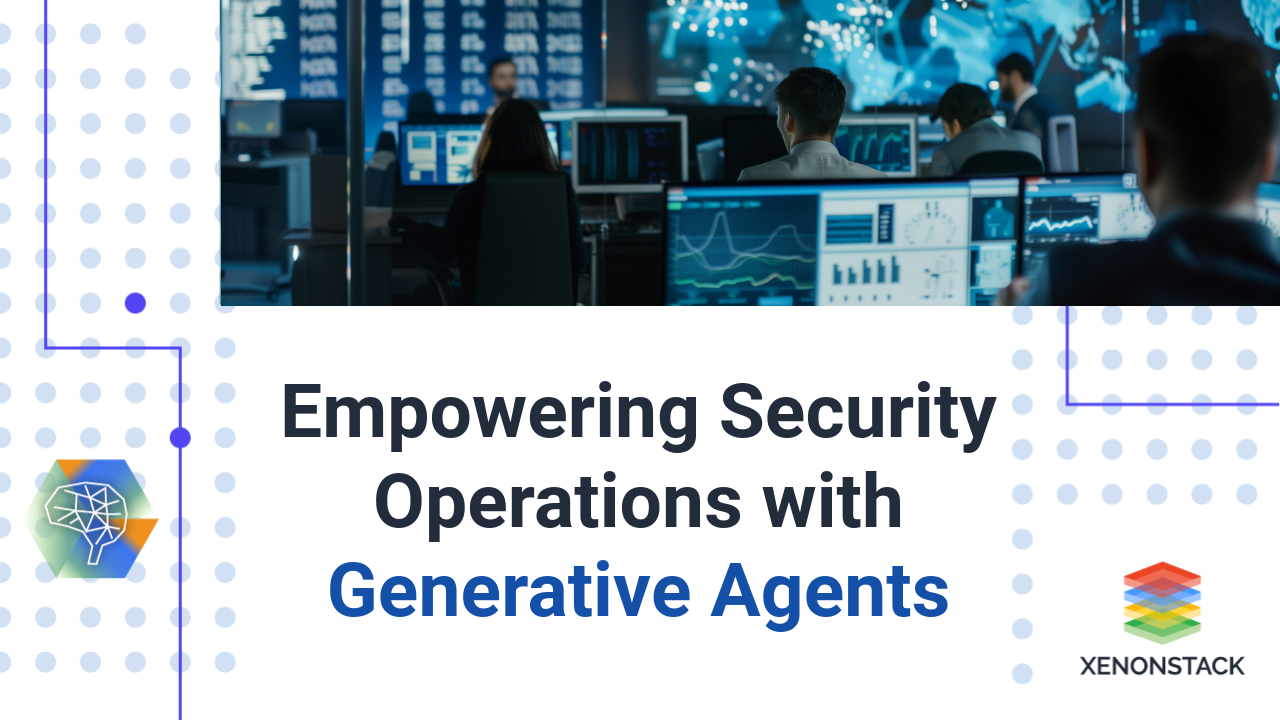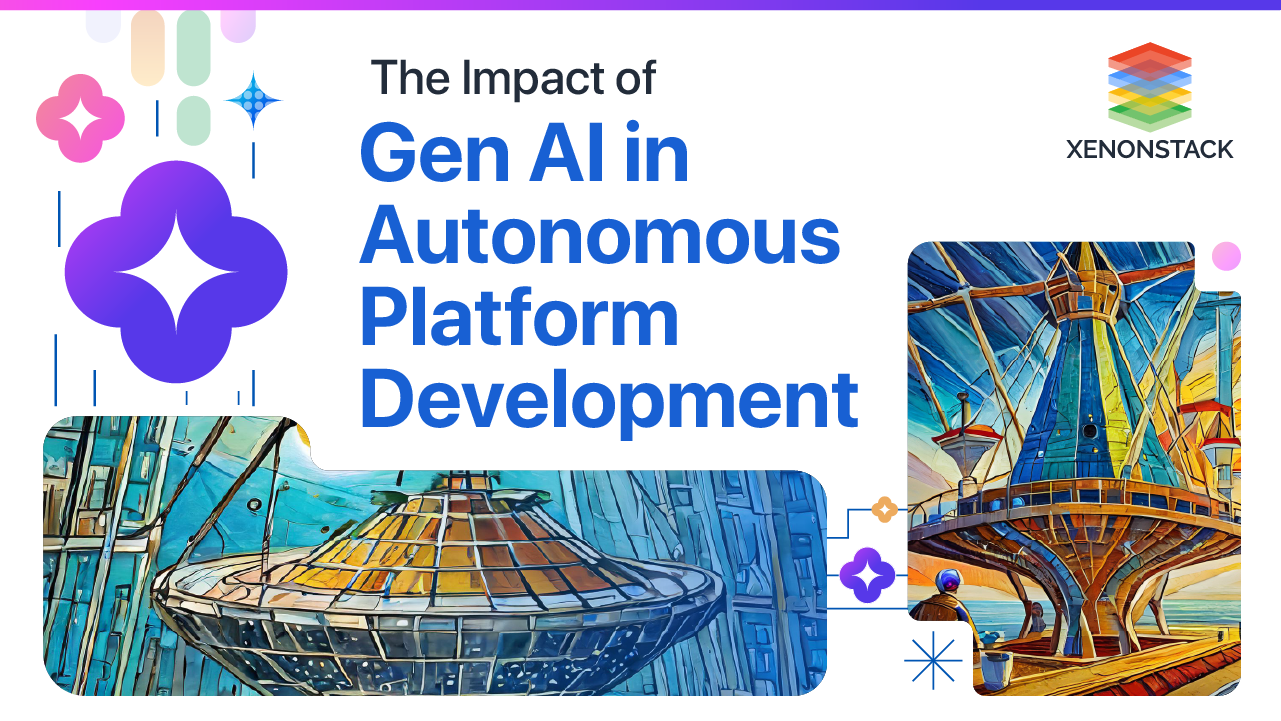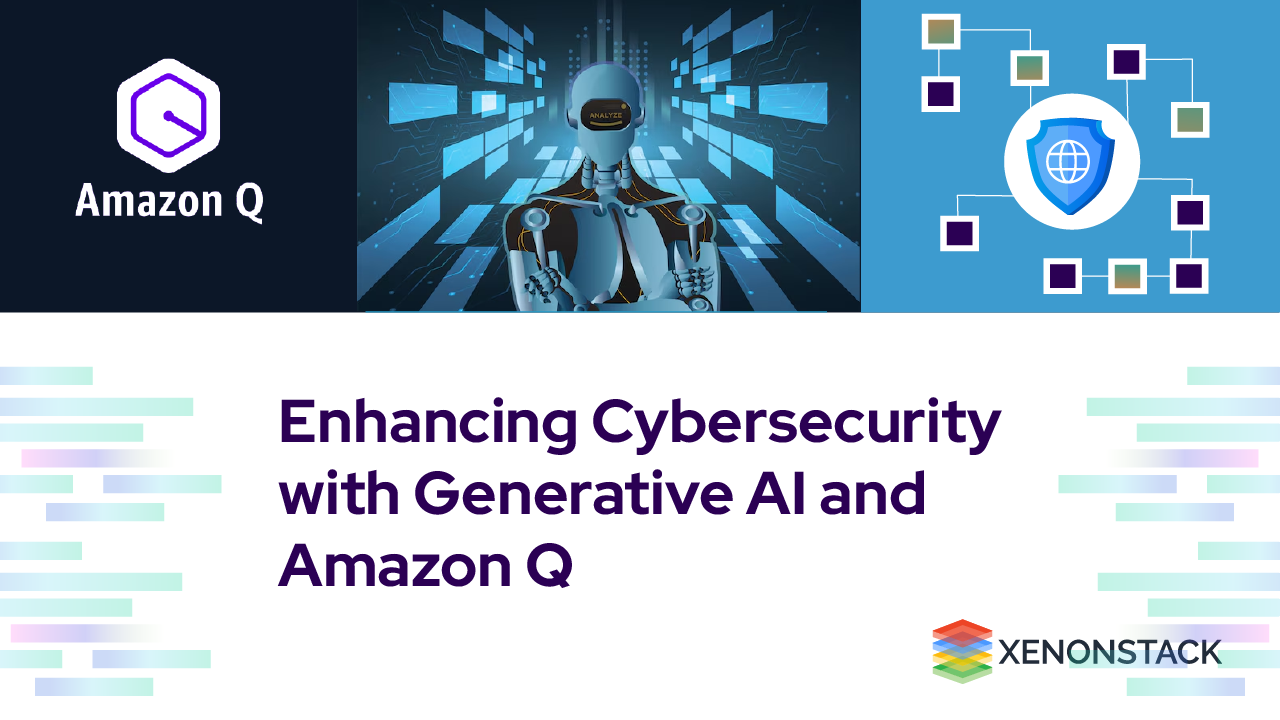
Benefits of Using Agentic AI with Security Operations:
-
Improvement of Efficiency
Generative agents assist analysts by handling routine security tasks, such as log analysis and threat hunting, freeing analysts to focus on more complex and strategic challenges. Additionally, they overcome limitations in incident handling by quickly evaluating and comparing information, identifying procedural and pattern deviations, and taking timely actions to mitigate risks—faster than traditional methods limited by manual effort and time constraints. -
Prediction of Possible Threats
Generative systems can simulate various attack scenarios, enabling organizations to implement preventive measures well in advance to neutralize potential threats before they materialize. -
Growth
As data evolves and new threats emerge, these agents refine their detection mechanisms, becoming more effective in addressing persistent and emerging security risks. -
Capacity
Generative agents excel at data mining and visualizing large datasets, making them suitable for organizations of any size—from small startups to large global enterprises.
-
Flexibility
These agents adapt easily to an organization's growing security needs, scaling their operations without requiring additional workforce and ensuring seamless alignment with expanding security demands. -
High Precision Levels
By incorporating user behaviour analysis and trend monitoring, generative agents enhance threat detection accuracy, reducing false alarms and allowing security teams to focus on genuine threats. -
Detail-oriented Abnormality Identification
Generative agents excel at distinguishing between normal and abnormal behaviour, improving the clarity and precision of security monitoring.
Potential Risks of AI Agents and Agentic WorkFlow
-
Issues Related to Data Security
Engaging in generative agents usually requires a lot of data processing, which raises privacy concerns, particularly when the data processed also contains personal or sensitive information. Compliance with Regulatory Frameworks: Improvements must be made to ensure the incorporation of agencies’ agents into the business's working processes does not contravene existing laws on the safeguarding of information (e.g., GDPR, CCPA), which makes it difficult to execute the strategies. -
Aspects Related to Implementation
Embedding the generative agents into the current security offerings tends to be complicated, costly, and requires a no-nonsense approach, more often than not, specific skills, and resources are involved. Challenges in Training: Successful deployment requires appropriate high-quality data for the training process, and even the tuning of the generative agents comes with its own share of hurdles. -
Possibility of Excessive Dependence on Technology
Overlooking the Importance of Humans in the Process: This may lead to excessive engineering, where the system in place spends so much time automating everything that the human analysts become irrelevant in making security decisions. -
Skill Degradation
The constant use of an automated system will create problems with the existing personnel’s skills, especially security ones, since they will not know what requires active involvement. -
Moral Issues
Problems posed by generative agents in providing certain capacities are ethical, especially in their abuse to produce harm, like synthetic portrayals or well-orchestrated social engineering attacks. Issues of Clarity: The use of some formal AI models may give rise to end-transparency issues, thus making it hard for institutions to appreciate how the agents reached certain conclusions. -
Monetary Issue
Start-Up Expense: Any organization considering the deployment of generative agents, especially small enterprises, will incur high start-up expenses.
Trending in SecOps and Autonomous SoC
Significance of Generative Agents for the Cybersecurity Industry. Put in place, Generative agents' technology has so far, in the course of the last two decades, proved itself to be very beneficial, especially for those organizations that seek to enhance their security capabilities by utilizing adaptive learning, simulation as well as real-time threat detection. Currently, information technology has advanced substantially compared to the time when such systems were created. This means that work organizations are operating in an even more dynamic environment. Thus, it becomes more important to adopt these technologies in the development and execution of advanced security measures aimed at creating safety as well as discouraging risks within the organization.
Generative agents go beyond just enhancing efficiency. They also enable the firm to develop and sustain an evolutionary security that is resilient to the prevailing challenges. This is possible since companies are likely to employ advanced artificial intelligence and strategies, Forecast the aggressor’s profile and operational manoeuvres, and develop tactics for self-placement. New attack vectors exist; therefore, as time goes by, technological advancements will help the organization find more in its network. This is referred to as a generative agent’s capabilities, which are learning capability and new attack recognition and attack realization capabilities.
Furthermore, such integration of Generative Agents in the existing architecture for security will enable human supervision and, in the same breath, artificial intelligence work collaboratively with the possibility of improving artificial intelligence without compromising with human intelligence. Rather, the focus should be on enhancing machine learning when threats are less than the teams' capabilities. This is because threats in cyberspace today are too sophisticated, meaning that it is not enough for the security teams to be available. Still, rather, they should actively engage and respond to threats and incidents.
- Read more Custom AI Agents
- Discover here Autonomous Agents for Business Processes




